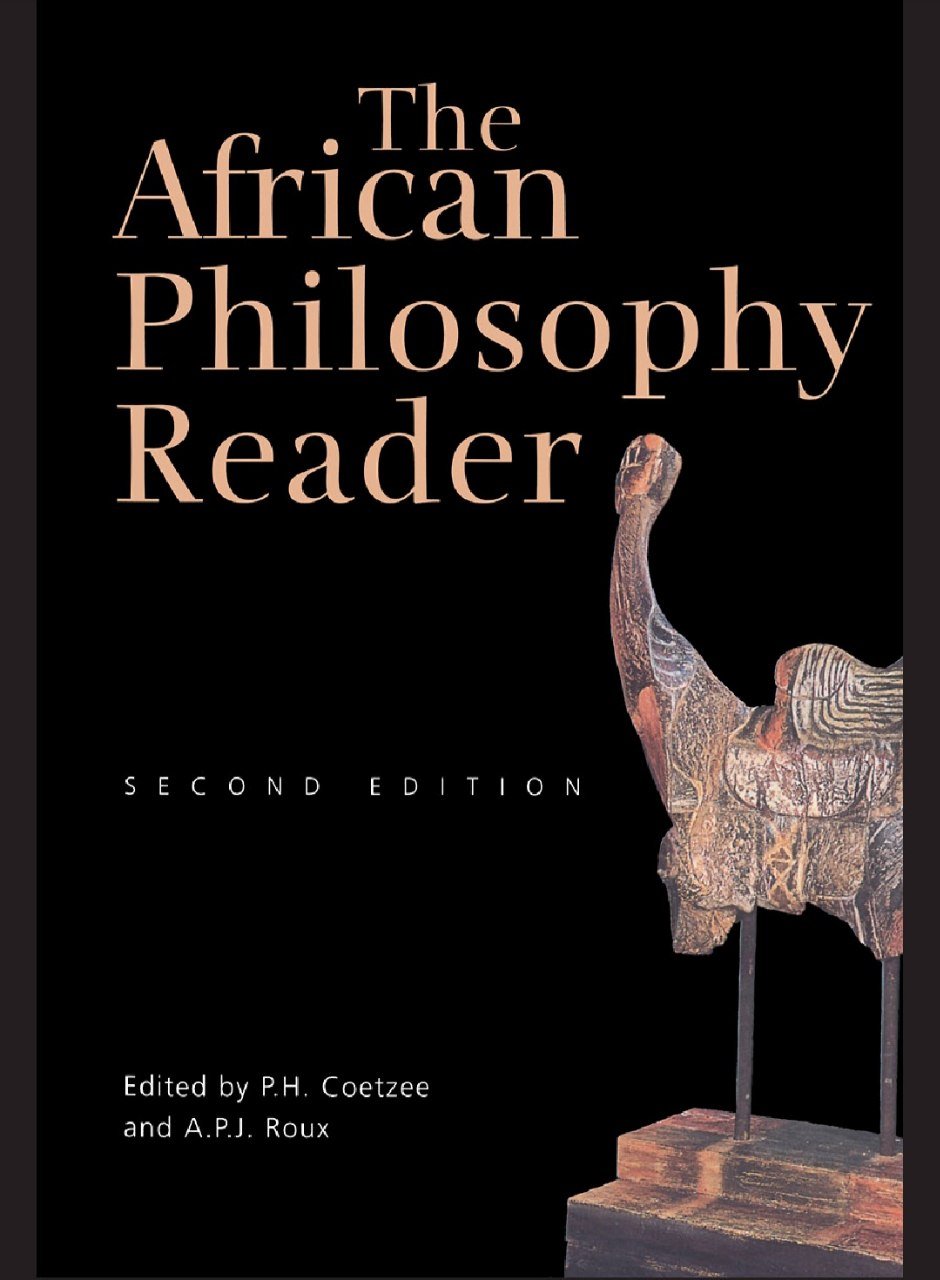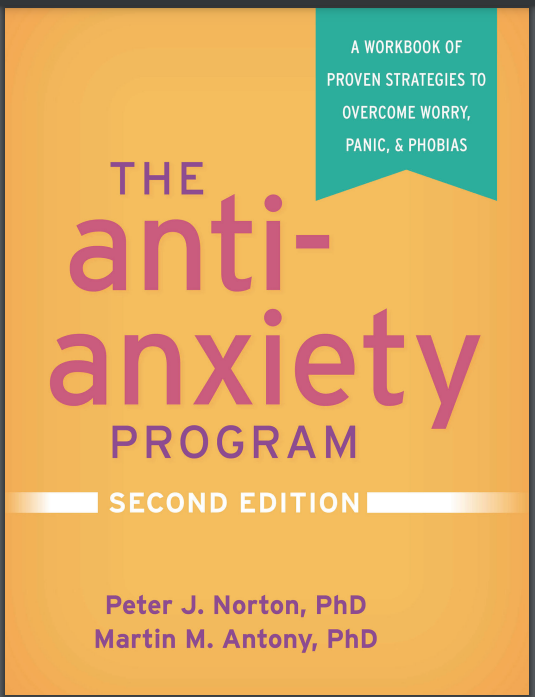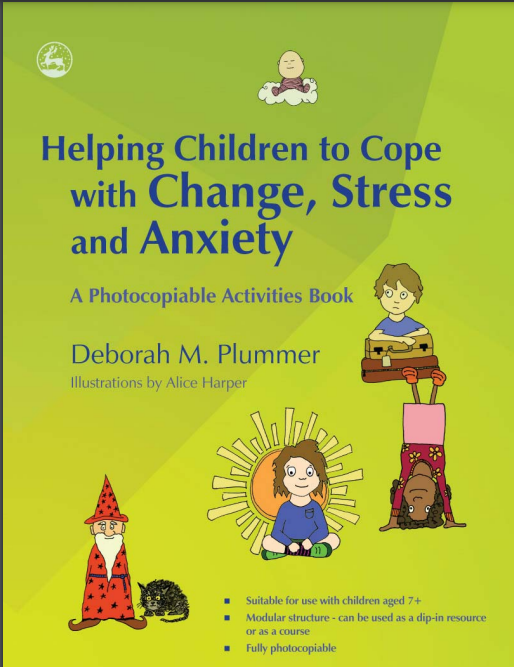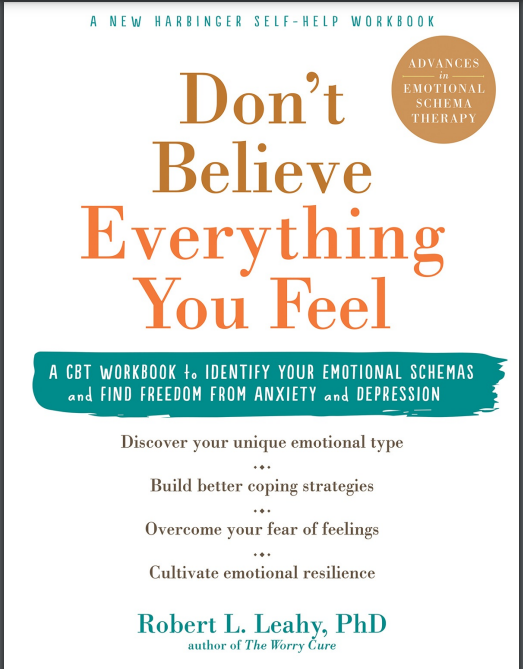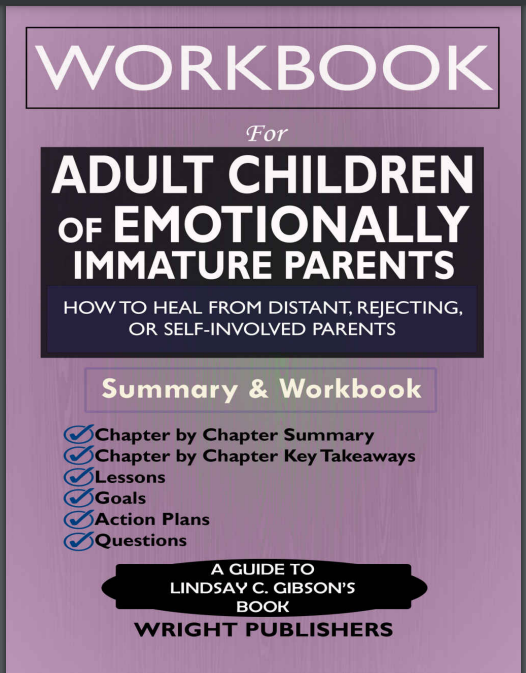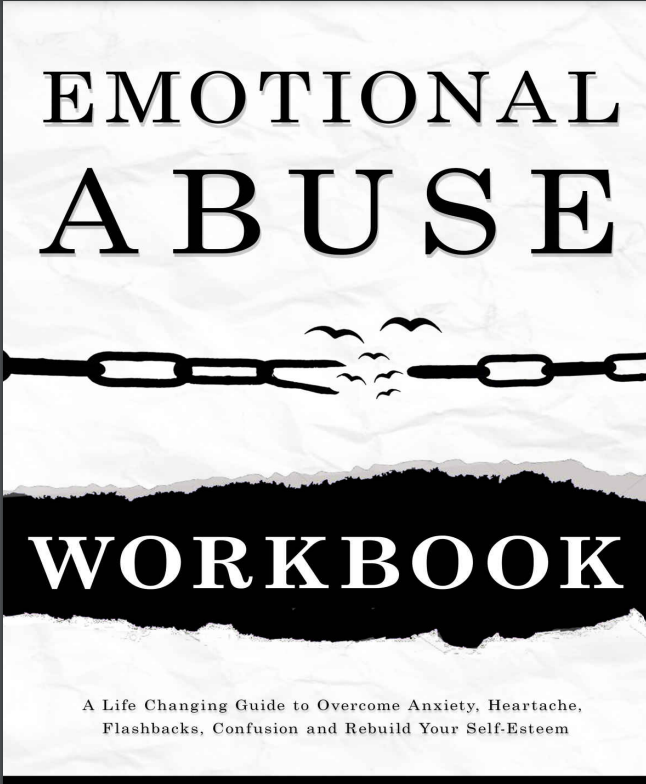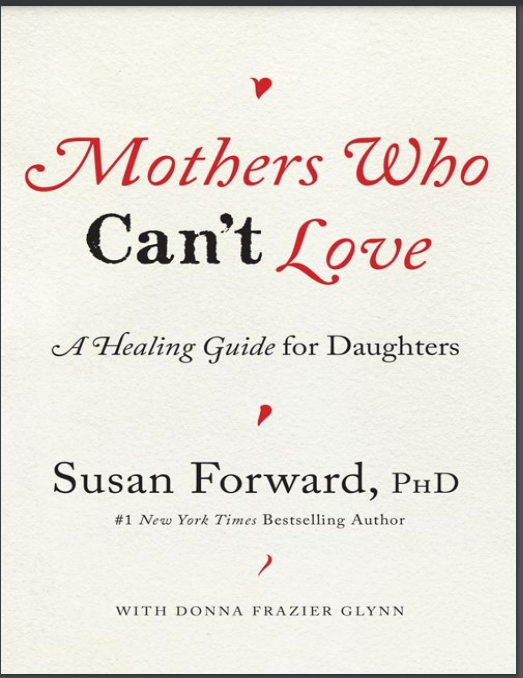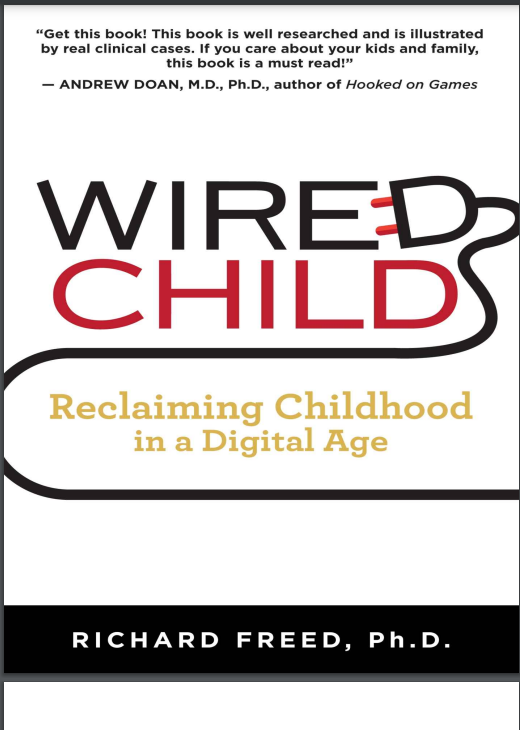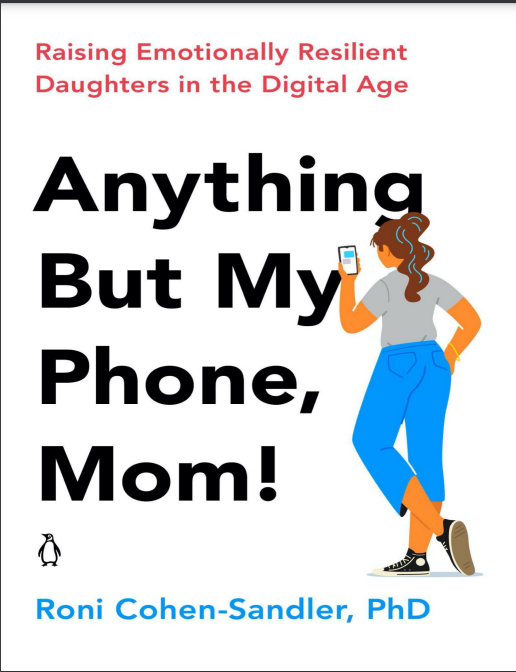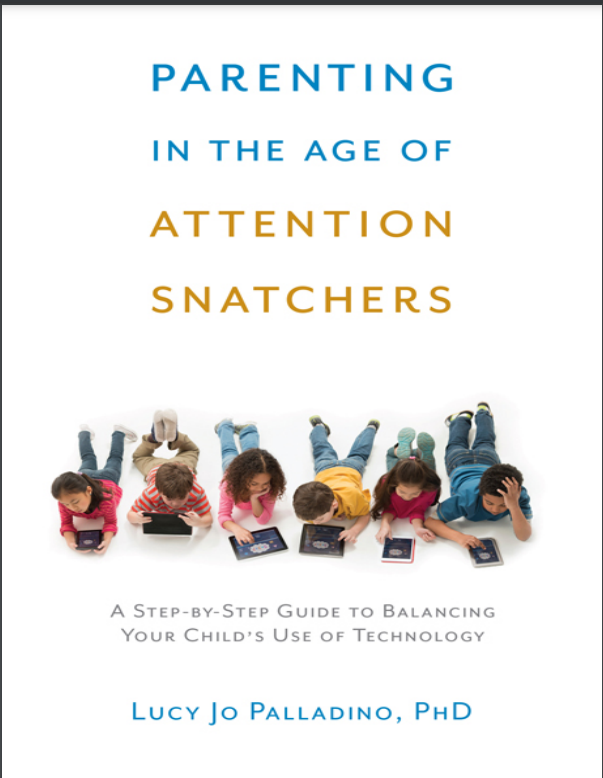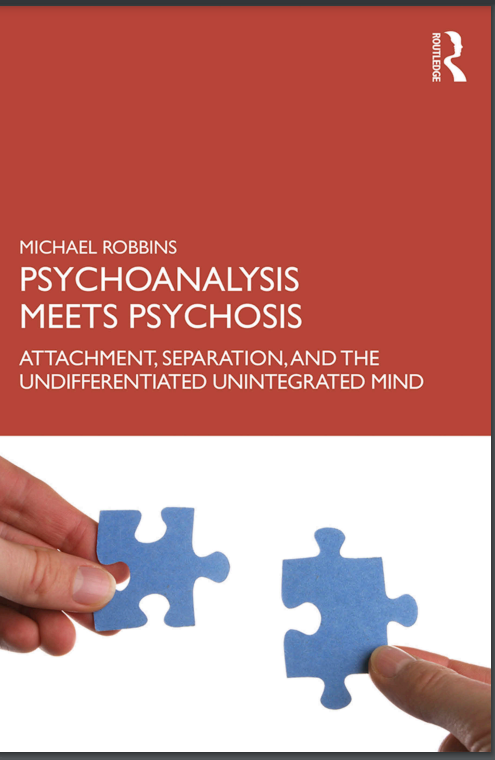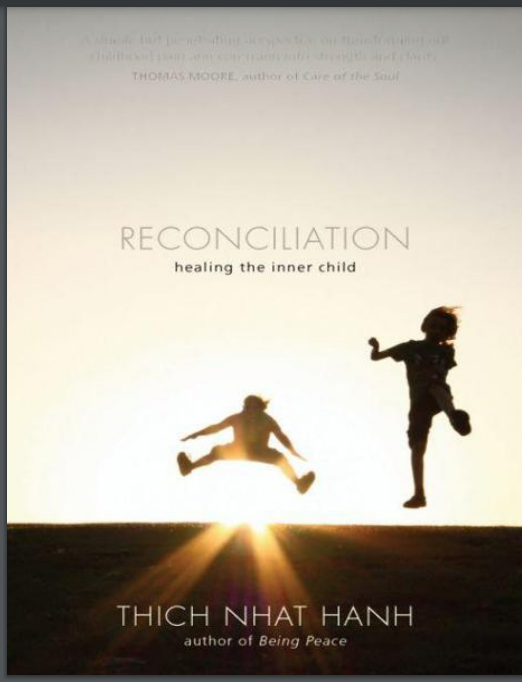

Late Victorian Gothic Tales
Reviews
No review yet. Be the first to review this book!
Description
"Late Victorian Gothic Tales", edited by Roger Luckhurst, is a compelling anthology that collects and examines key Gothic short stories from the late Victorian period, roughly spanning the 1880s to the early 1900s. This era is often regarded as a time when the Gothic tradition experienced a significant revival and transformation. Luckhurst's collection offers readers a window into how Gothic fiction evolved in response to the anxieties and changes of the fin de siècle (end of the century), such as scientific progress, the decline of religious authority, imperial anxieties, and fears about degeneration and the unconscious mind. The anthology includes classic and lesser-known tales by prominent authors such as Robert Louis Stevenson, Arthur Conan Doyle, Rudyard Kipling, Oscar Wilde, and Vernon Lee. Each story reflects the period’s obsessions with duality, hidden crimes, the return of the repressed, and the blurring of boundaries between science and superstition. For example, Stevenson's The Body Snatcher and Markheim explore moral corruption and the dark side of human nature, while Oscar Wilde’s The Canterville Ghost offers a more ironic and humorous take on traditional Gothic motifs. Luckhurst’s introduction and editorial commentary situate these tales within their broader cultural and historical context. He explains how late Victorian Gothic literature was shaped by new theories in psychology (like Freud’s theories of the unconscious), scientific discoveries (such as Darwin’s theory of evolution), and fears about social and racial degeneration. The stories frequently reflect contemporary anxieties about identity, technology, and the destabilization of traditional values. This anthology highlights how the late Victorian Gothic moved beyond the medieval castles and aristocratic villains of earlier Gothic fiction, often setting its tales in urban environments or within the realms of science and modernity. The Gothic monsters of this period are frequently internal, psychological, or symbolic, representing fears about the self and society’s future. "Late Victorian Gothic Tales" is not just a collection of entertaining stories; it’s also a scholarly resource. Luckhurst’s commentary provides insight into how these tales functioned within Victorian culture and how they contributed to the development of modern horror and psychological thrillers. In sum, this anthology is an essential text for anyone interested in Gothic literature, Victorian studies, or the evolution of horror fiction. It demonstrates how the Gothic form remained vital and adaptable, reflecting the uncertainties and transformations of a rapidly changing world at the close of the 19th century.








 May 03, 2025
May 03, 2025















.jpg)











.jpg)




.jpg)










.jpeg)



.jpg)
.jpg)

.jpg)






.png)
.jpeg)


.jpeg)
.jpg)










.jpg)

.jpeg)
.jpeg)


















